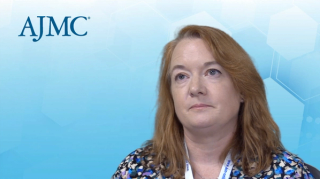
Academia
Latest News

Latest Videos

CME Content
More News

The findings suggest a role for assessment of variant-carrying status to predict disease progression in idiopathic pulmonary fibrosis (IPF).

A deep learning generative model is capable of autonomously learning about idiopathic pulmonary fibrosis.

The genes are all associated with cellular senescence, which is believed to play an important role in the development of idiopathic pulmonary fibrosis (IPF).

The potential therapy for idiopathic pulmonary fibrosis is notable because not only was the small molecule discovered by artificial intelligence, but the drug’s target itself was, too.

The findings are notable in part because therapies have already been approved to target C5aR1 in other diseases.

Results for IRAKLIA show noninferiority for Sanofi's on-body delivery system for isatuximab, compared with IV administration. Patients overwhelmingly preferred the hands-free delivery option.
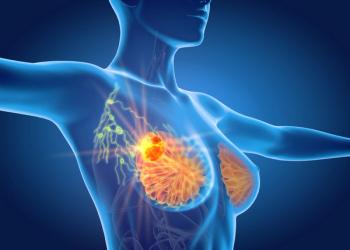
Trastuzumab deruxtecan plus pertuzumab shows promising results as a potential new first-line treatment for HER2-positive breast cancer at ASCO 2025.

Researchers found a causal association between insomnia and atopic dermatitis and identified several genetic variations contributing to the association.

Advancements in gene therapy for Duchenne muscular dystrophy (DMD) have improved the outlook for some patients, but further innovations in safety, efficacy, and treatment strategies are needed.

New findings suggest that reducing the variant allele frequency of JAK2V617F should be a goal of treatment for polycythemia vera.

Delandistrogene moxeparvovec, a gene therapy for Duchenne muscular dystrophy (DMD), showed high dystrophin expression and a favorable safety profile in young patients.
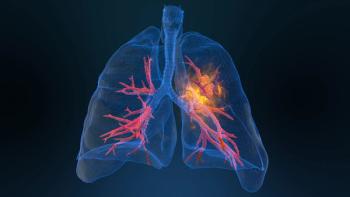
Patients with extensive-stage small cell lung cancer (SCLC) experienced clinically meaningful benefits with lurbinectedin plus atezolizumab vs atezolizumab in the phase 3 IMforte trial, according to findings being presented at the ASCO Annual Meeting.
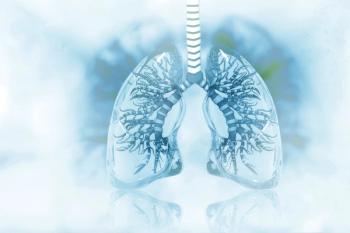
Even a 2% decline in lung function predicted poor outcomes for patients with idiopathic pulmonary fibrosis (IPF) in a new study.
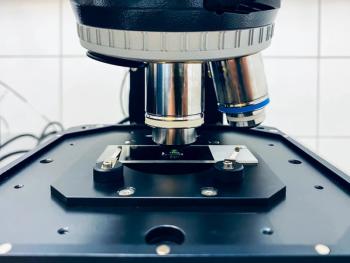
The tool could make it easier for clinicians to rule out melanoma without the need for excision.
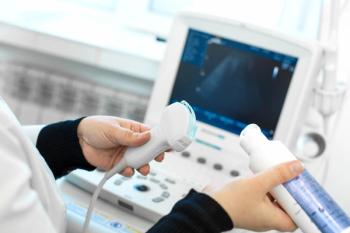
The meta-analysis of 9 studies showed high sensitivity with slightly lower specificity with the less-invasive option for detecting lung complications in patients with the autoimmune disease.

Pieter Sonneveld, MD, PhD, professor of hematology and chair of the Erasmus MC Cancer Institute in Rotterdam, Netherlands, discussed the continued use of subcutaneous daratumumab following initial treatment, as well as the changing landscape of multiple myeloma treatment.
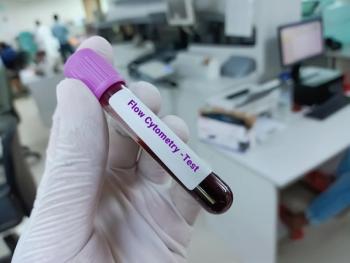
The study, which used flow cytometry rather than molecular biology to identify circulating tumor cells (CTCs), found a significant positive correlation between the number of CTCs and the stage of disease.
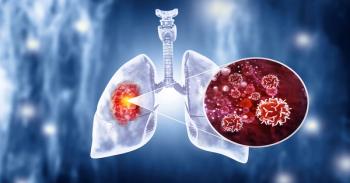
Researchers hope that identifying the genomic alterations specific to transformed small cell lung cancer (SCLC) can help drive improvements in personalized treatments for these patients.

The analysis of 3 dozen studies found similarities and differences in motivating factors for and against clinical trial participation among patients with the 2 autoimmune diseases.
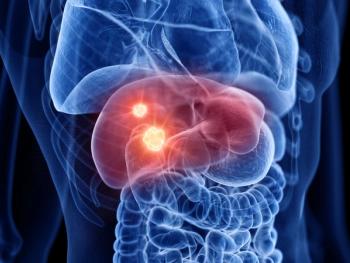
Increased levels of human leukocyte antigen G (HLA-G) were associated with inferior overall survival.

Many studies have examined how rheumatoid arthritis therapy affects the risk of metabolic comorbidities.
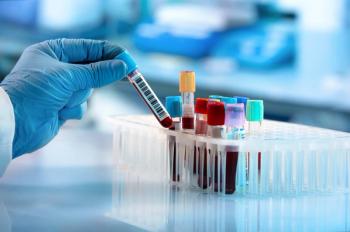
New research suggests classical biomarkers cannot discriminate between refractory and non-refractory rheumatoid arthritis.
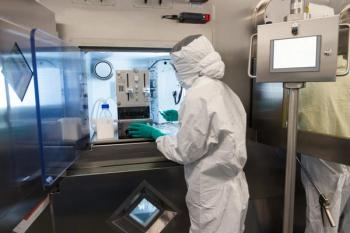
This article appears in the April issue of Evidence-Based Oncology.
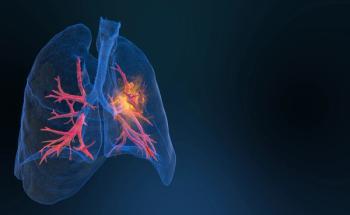
In a small study, lactotransferrin (LTF) was identified as a potentially important biomarker in extensive-stage small cell lung cancer (SCLC).
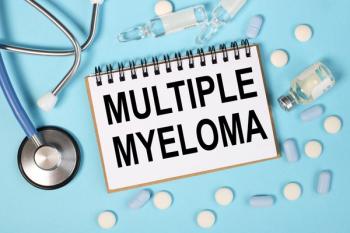
Several studies have been conducted, but questions remain about where such therapies will fit into multiple myeloma treatment strategies.



















































